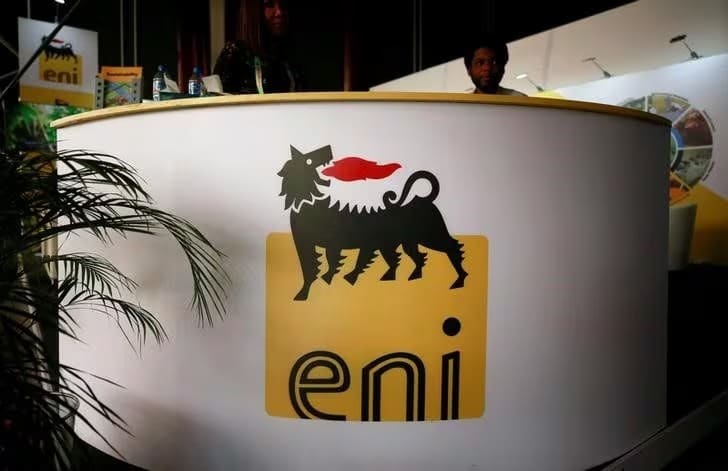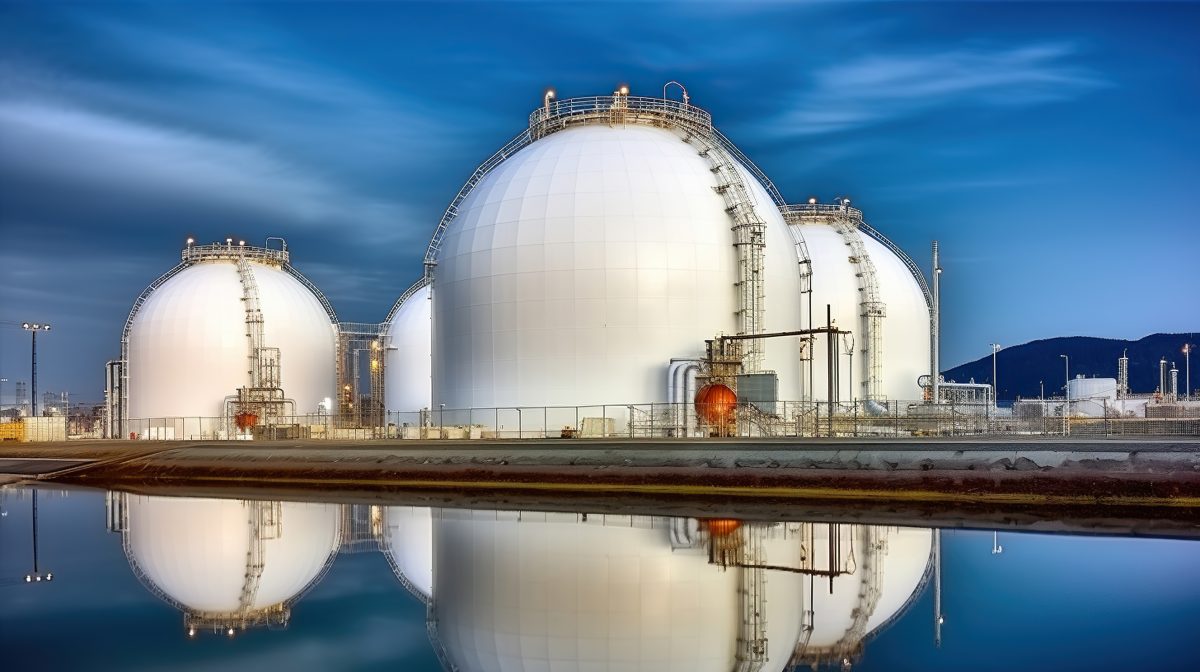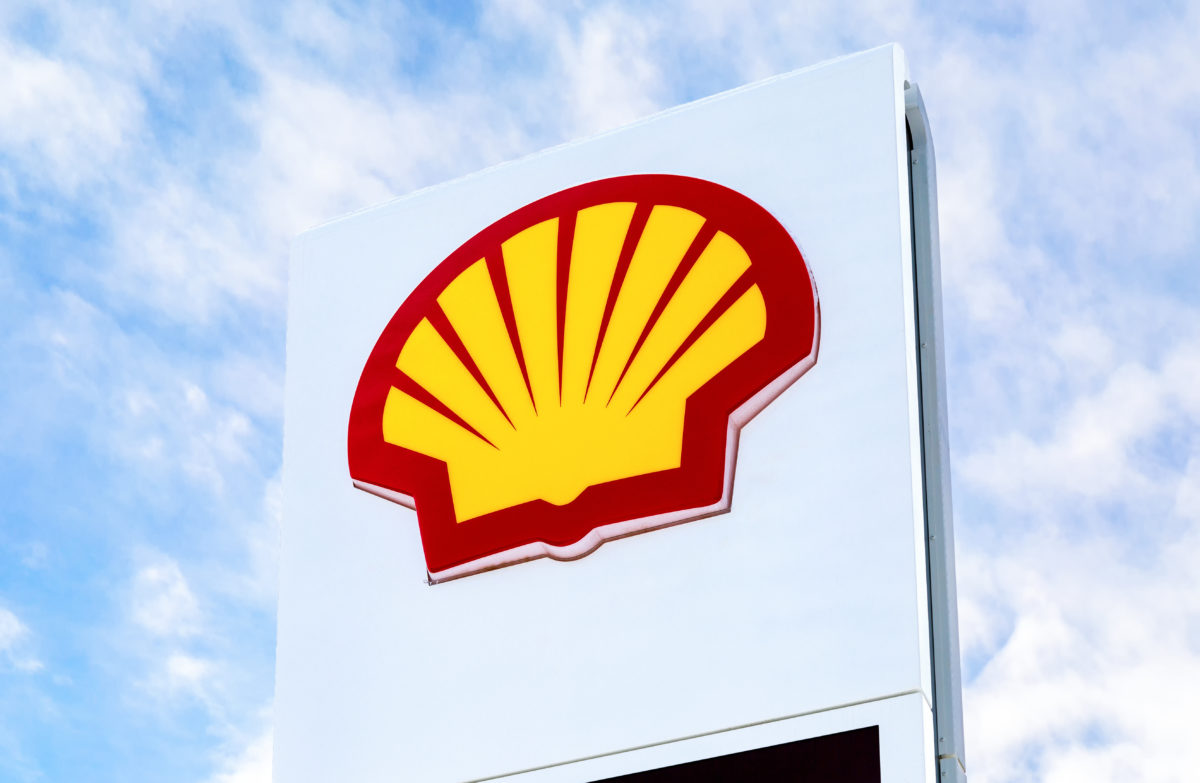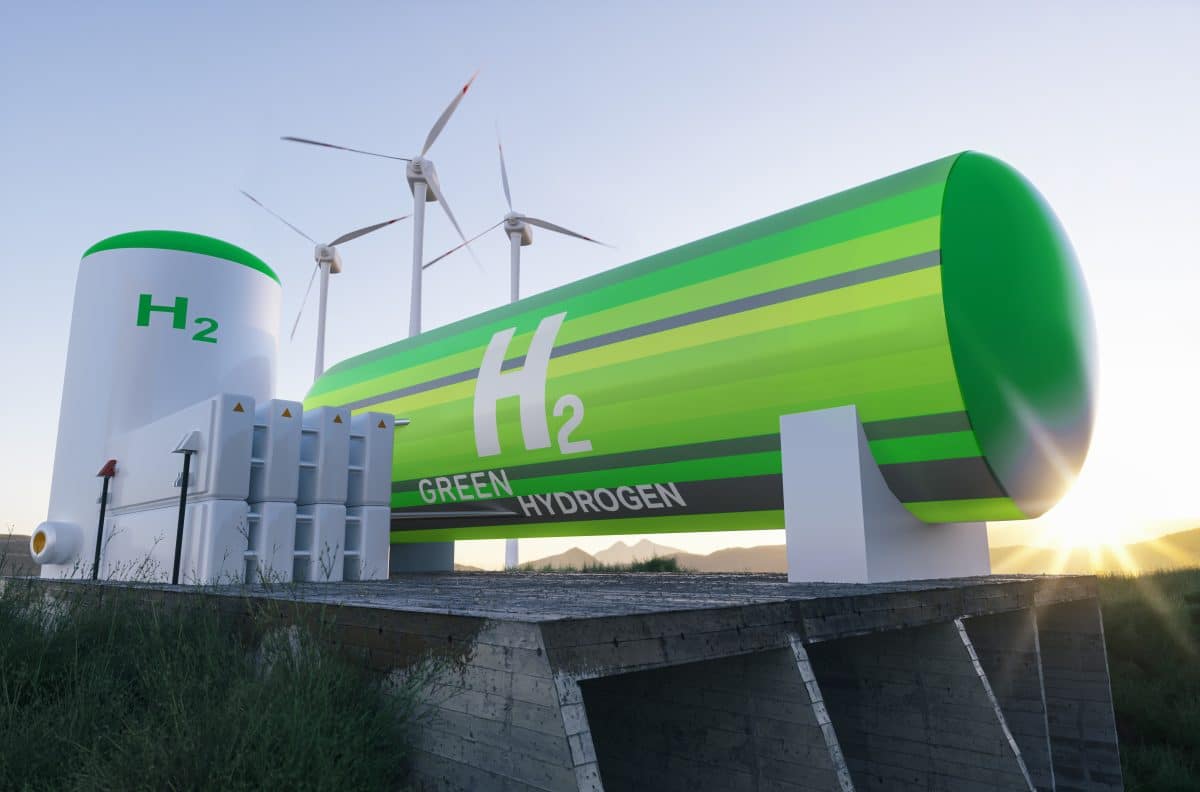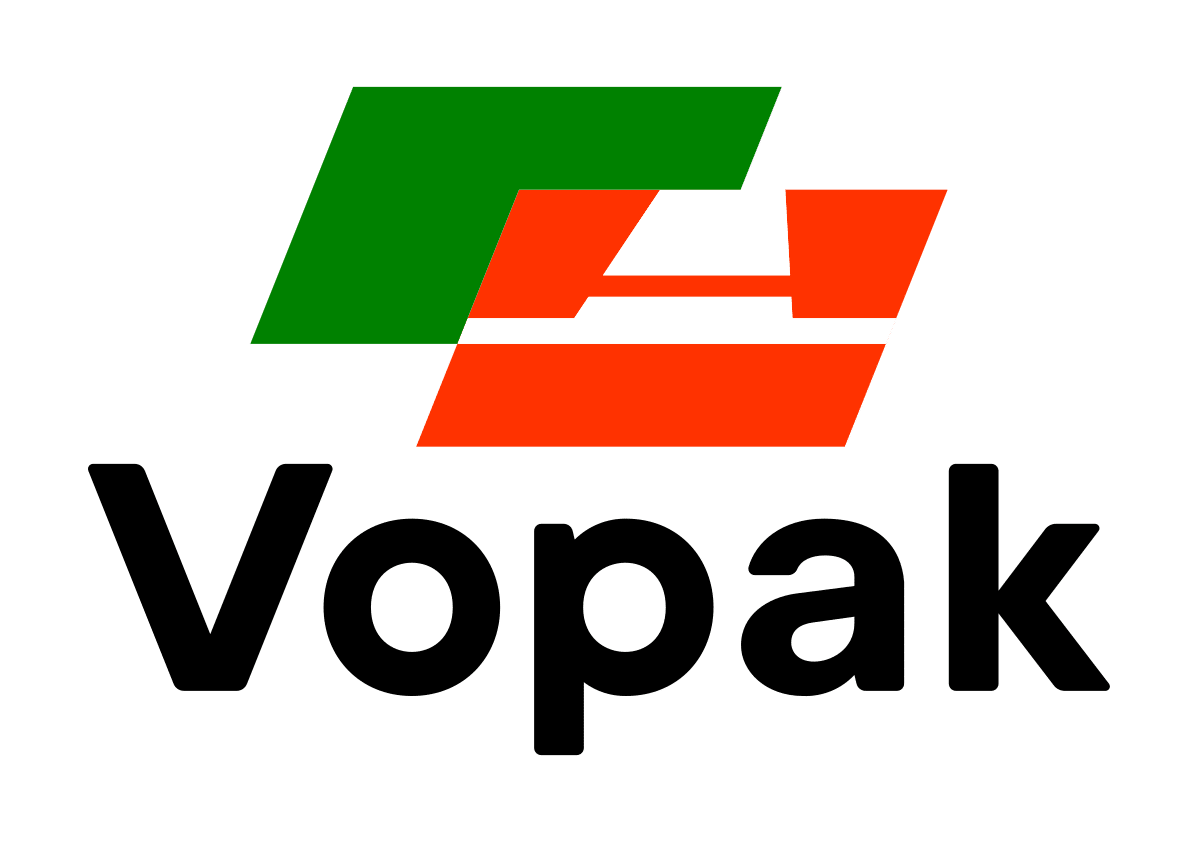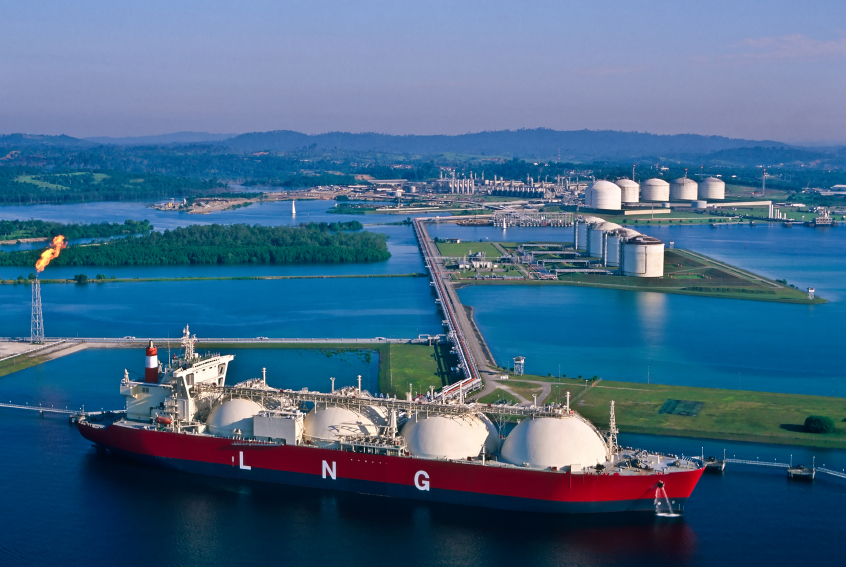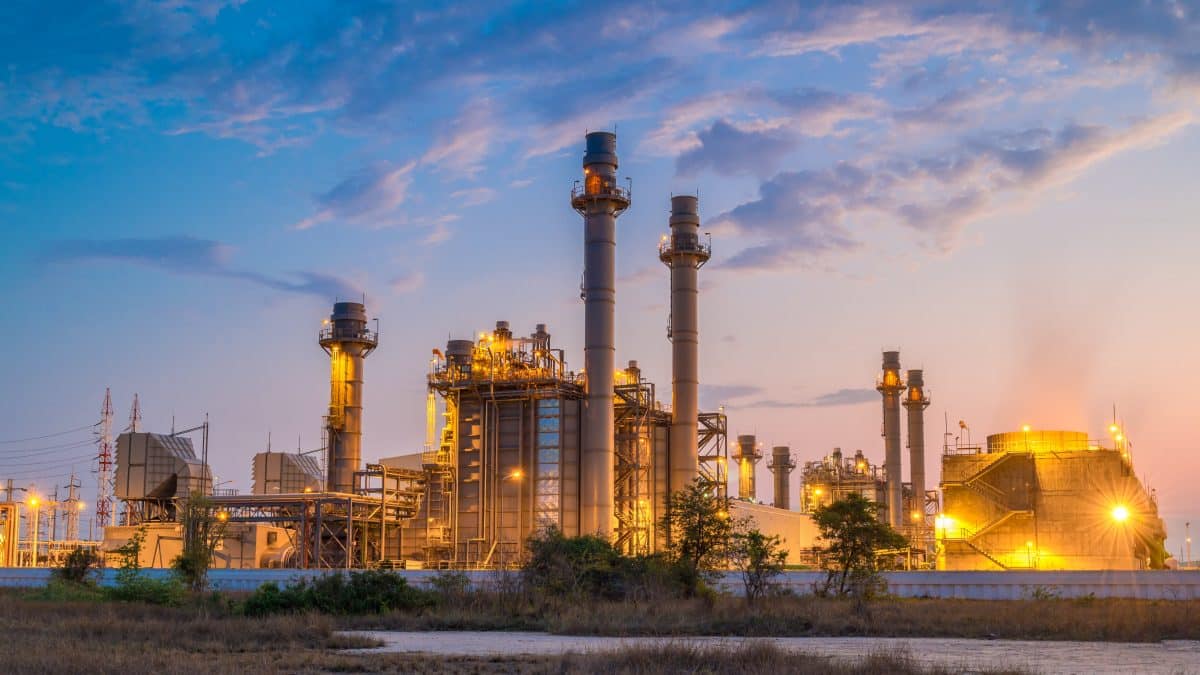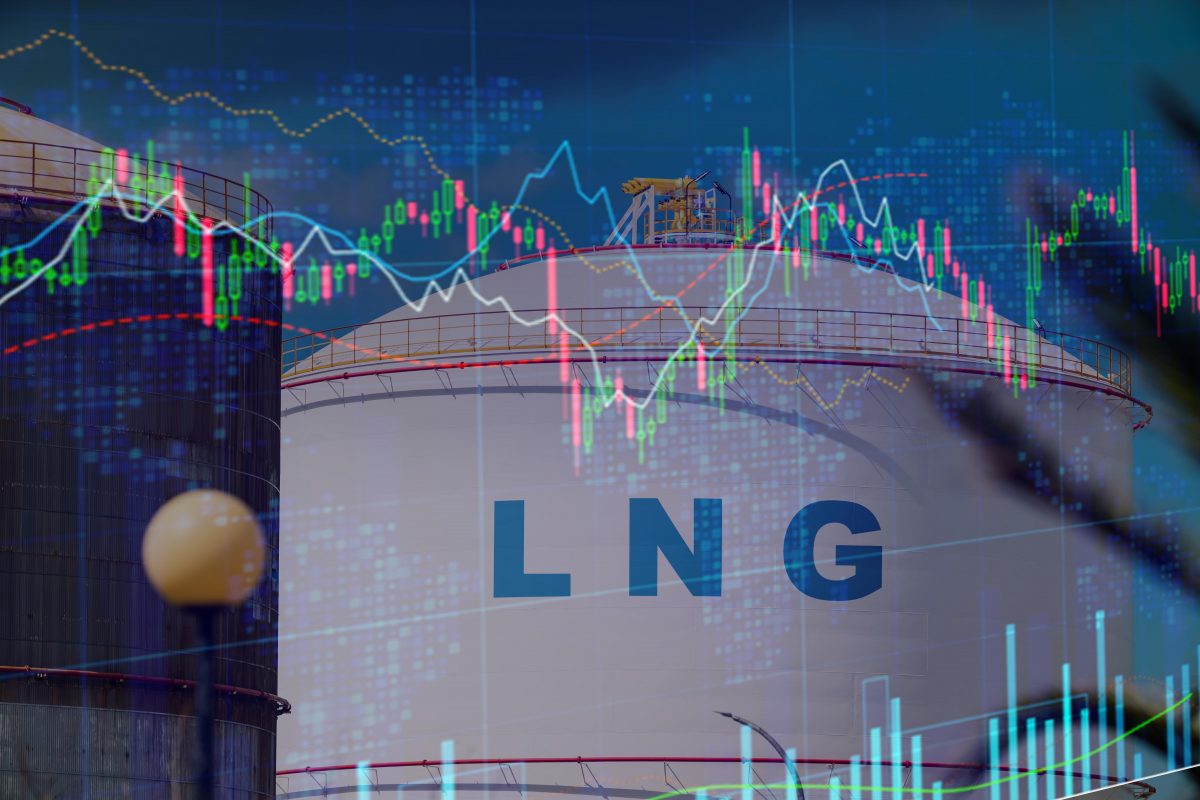01.19.2024 By Tank Terminals – NEWS
January 19, 2024 [Hellenic Shipping News]- Growing pressure on shipowners to avoid the Red Sea took a toll on European refined product imports in the first half of January, S&P Global Commodities at Sea data showed, as rising freight rates and tanker diversions curtailed supplie
While a pivot to US imports has helped Europe compensate for a lull in East of Suez inflows, upcoming refinery maintenance leaves exposed a market already low on inventories, analysts said.
Tanker flows initially appeared resilient to a rising security threat in the Suez, however, a growing number of oil companies, including BP, Shell and Reliance, have reduced shipments through the region.
Europe imported an average of 2.3 million b/d oil products from outside the region over Jan. 1-17, down from 2.9 million b/d in December, according to CAS.
Arrivals from Saudi Arabia, India and Kuwait have already tumbled respectively by 15%, 31% and 43% over Jan. 1-17 from December levels.
For Europe, falling import volumes put diesel supplies most at risk. The continent sources about one-third of its diesel supply from the Middle East, and with Insights Global data showing stock levels 257,000 below the five-year average Jan.11, upside risk is significant.
Higher imports from the US have provided some buffer. To date 237,000 b/d of diesel/gasoil supply has arrived in Europe from the US in January, down from 246,000 b/d in December but up significantly from an average of 155,000 b/d in 2023, CAS data showed.
With a further 416,000 b/d US diesel/gasoil supply loaded in January for export to Europe, a more than six-year high, continued flows are expected to provide a lifeline to the continent in the weeks to come.
East of Suez exports curtailed
In contrast, early January loadings indicate that arrivals could be set to drop further from East of Suez.
India is yet to load any refined product for export to Europe in January, interrupting the normal flow of diesel/gasoil on which Europe has become increasingly reliant since avoiding Russian supply.
Loadings from India have instead been diverted to the Persian Gulf and other destinations in Asia, with suppliers such as Reliance, which shipped all its gasoil to Europe in 2023, appearing to shirk soaring freight costs.
According to CAS data, India’s about 24% of gasoil exports were directed to the Persian Gulf in the first half of January, up from 19% in December.
Saudi Arabian loadings for Europe have also fallen to an average of 147,000 b/d over Jan. 1-17, from 293,000 b/d in December, while dispatched Kuwaiti volumes to the region dropped to 28,000 b/d, from 147,000 b/d, suggesting that European premiums may come under pressure to draw higher volumes.
US maintenance season looms
With Europe increasingly looking to US supply, scheduled maintenance programs could deal a blow to stock levels.
According to a recent S&P Global Commodity Insights refining report, first-quarter refinery utilization was expected to drop in the US as planned works begin, with PBF expected to conduct works on its hydrocracker in the Midwest as part of 45-day maintenance.
Maintenance was already underway at the Torrance, California plant and both Motiva and Valero’s Port Arthur refineries, indicating that a spike in flows to Europe could be short lived.
“Now that planned maintenance and outages due to the cold over there are starting to kick in, it’s looking like it’s [going to be] a tighter balance,” said a European distillates analyst.
He said that European refiners may have limited room to defer their own spring maintenance programs, having already pushed back some works in Autumn.
Demand weakness
Weak European demand has mitigated price shocks across product segments so far. Yet with inventories low, upside risk remains significant.
As the tanker segment has become embroiled by Red Sea disruption, bullish price movements have gathered speed. Month 1 ICE LS Gasoil futures rose 1.89% on the day at 1630 GMT Jan. 16, close to the 2% increase seen during the month through Jan. 15 as the market previously shrugged off signs of escalating tensions.
Market watchers continue to bet against a strong demand revival. S&P Global analysts recently downgraded first-half 2024 oil product demand forecasts by 90,000 b/d, citing diesel weakness, with a macroeconomic downturn expected to add pressure.
Platts, part of S&P Global, assessed ULSD CIF NWE cargoes at $812.25/mt on Jan. 16, up 1.72% on the day and 3.9% on the week
01.19.2024 By Tank Terminals – NEWS
January 19, 2024 [Hellenic Shipping News]- Growing pressure on shipowners to avoid the Red Sea took a toll on European refined product imports in the first half of January, S&P Global Commodities at Sea data showed, as rising freight rates and tanker diversions curtailed supplie
While a pivot to US imports has helped Europe compensate for a lull in East of Suez inflows, upcoming refinery maintenance leaves exposed a market already low on inventories, analysts said.
Tanker flows initially appeared resilient to a rising security threat in the Suez, however, a growing number of oil companies, including BP, Shell and Reliance, have reduced shipments through the region.
Europe imported an average of 2.3 million b/d oil products from outside the region over Jan. 1-17, down from 2.9 million b/d in December, according to CAS.
Arrivals from Saudi Arabia, India and Kuwait have already tumbled respectively by 15%, 31% and 43% over Jan. 1-17 from December levels.
For Europe, falling import volumes put diesel supplies most at risk. The continent sources about one-third of its diesel supply from the Middle East, and with Insights Global data showing stock levels 257,000 below the five-year average Jan.11, upside risk is significant.
Higher imports from the US have provided some buffer. To date 237,000 b/d of diesel/gasoil supply has arrived in Europe from the US in January, down from 246,000 b/d in December but up significantly from an average of 155,000 b/d in 2023, CAS data showed.
With a further 416,000 b/d US diesel/gasoil supply loaded in January for export to Europe, a more than six-year high, continued flows are expected to provide a lifeline to the continent in the weeks to come.
East of Suez exports curtailed
In contrast, early January loadings indicate that arrivals could be set to drop further from East of Suez.
India is yet to load any refined product for export to Europe in January, interrupting the normal flow of diesel/gasoil on which Europe has become increasingly reliant since avoiding Russian supply.
Loadings from India have instead been diverted to the Persian Gulf and other destinations in Asia, with suppliers such as Reliance, which shipped all its gasoil to Europe in 2023, appearing to shirk soaring freight costs.
According to CAS data, India’s about 24% of gasoil exports were directed to the Persian Gulf in the first half of January, up from 19% in December.
Saudi Arabian loadings for Europe have also fallen to an average of 147,000 b/d over Jan. 1-17, from 293,000 b/d in December, while dispatched Kuwaiti volumes to the region dropped to 28,000 b/d, from 147,000 b/d, suggesting that European premiums may come under pressure to draw higher volumes.
US maintenance season looms
With Europe increasingly looking to US supply, scheduled maintenance programs could deal a blow to stock levels.
According to a recent S&P Global Commodity Insights refining report, first-quarter refinery utilization was expected to drop in the US as planned works begin, with PBF expected to conduct works on its hydrocracker in the Midwest as part of 45-day maintenance.
Maintenance was already underway at the Torrance, California plant and both Motiva and Valero’s Port Arthur refineries, indicating that a spike in flows to Europe could be short lived.
“Now that planned maintenance and outages due to the cold over there are starting to kick in, it’s looking like it’s [going to be] a tighter balance,” said a European distillates analyst.
He said that European refiners may have limited room to defer their own spring maintenance programs, having already pushed back some works in Autumn.
Demand weakness
Weak European demand has mitigated price shocks across product segments so far. Yet with inventories low, upside risk remains significant.
As the tanker segment has become embroiled by Red Sea disruption, bullish price movements have gathered speed. Month 1 ICE LS Gasoil futures rose 1.89% on the day at 1630 GMT Jan. 16, close to the 2% increase seen during the month through Jan. 15 as the market previously shrugged off signs of escalating tensions.
Market watchers continue to bet against a strong demand revival. S&P Global analysts recently downgraded first-half 2024 oil product demand forecasts by 90,000 b/d, citing diesel weakness, with a macroeconomic downturn expected to add pressure.
Platts, part of S&P Global, assessed ULSD CIF NWE cargoes at $812.25/mt on Jan. 16, up 1.72% on the day and 3.9% on the week

